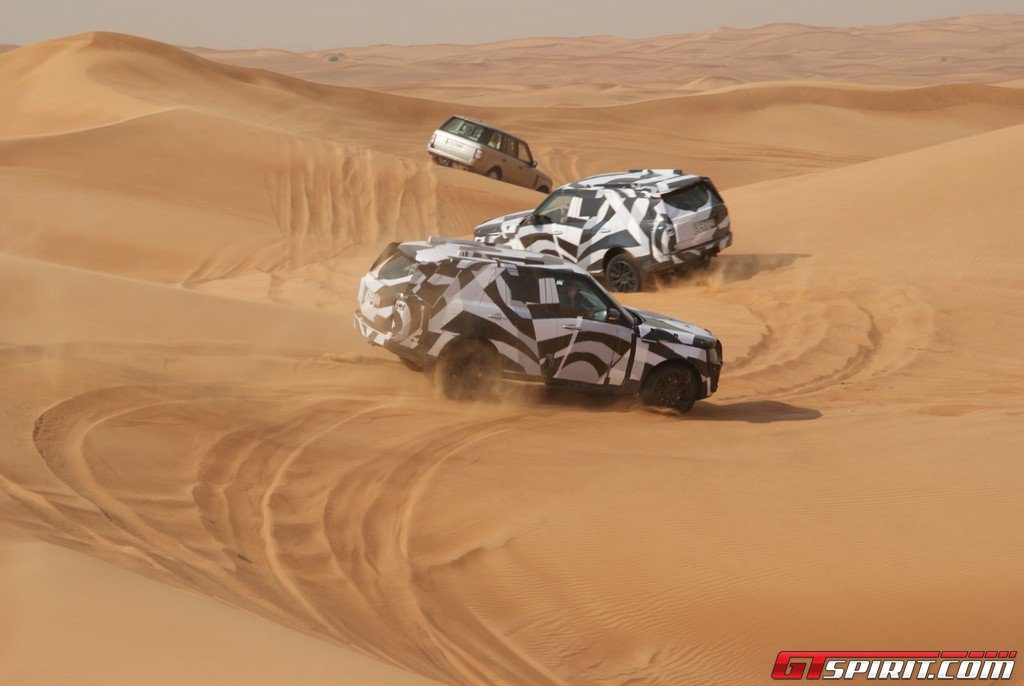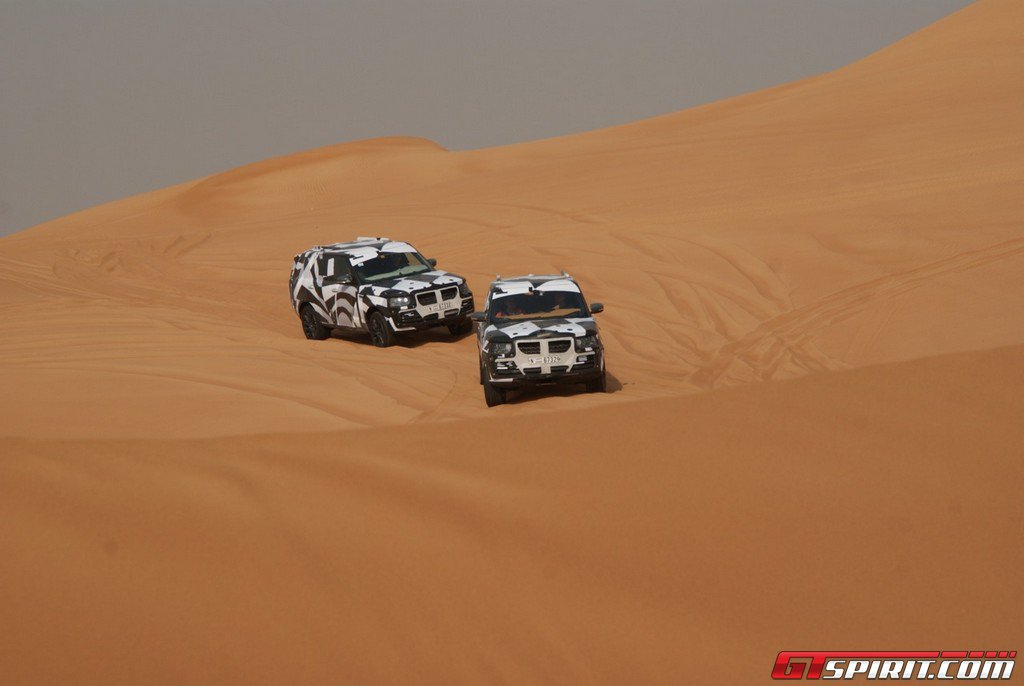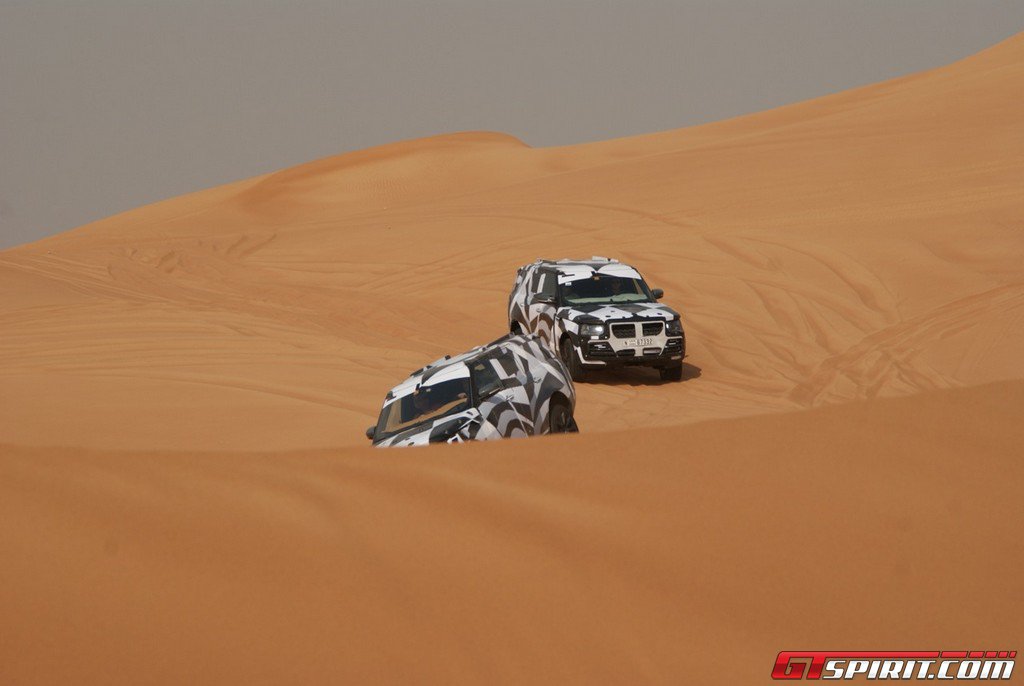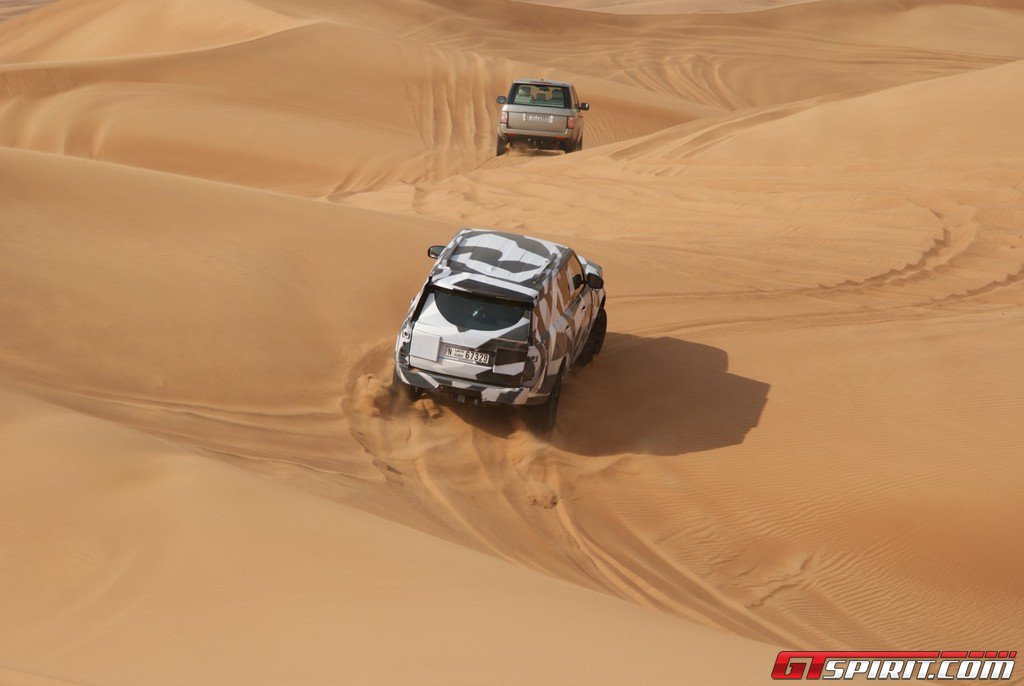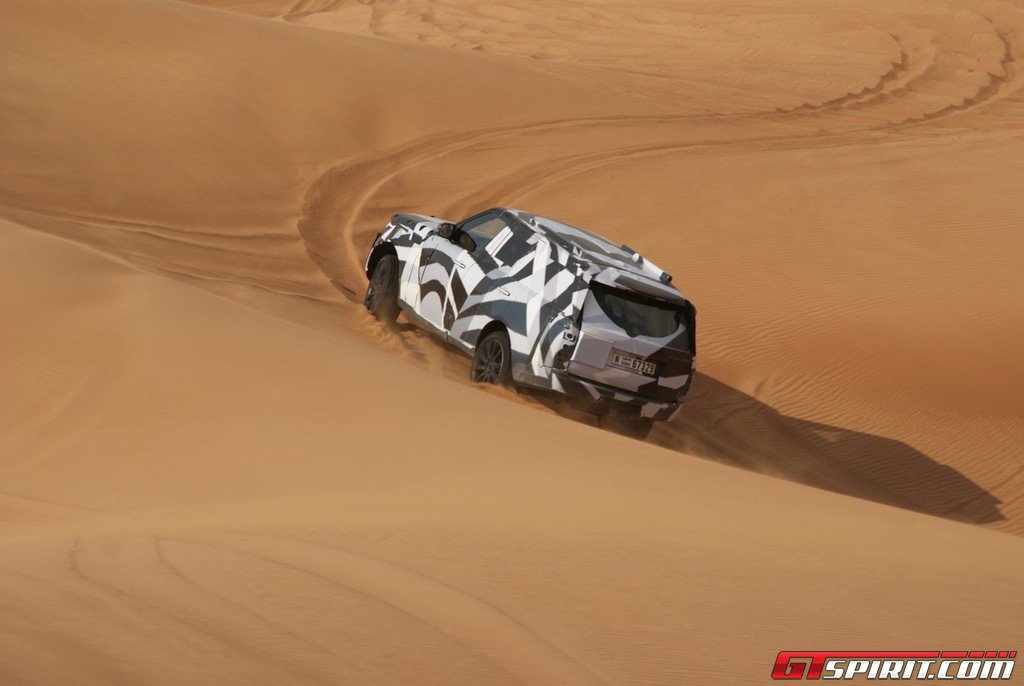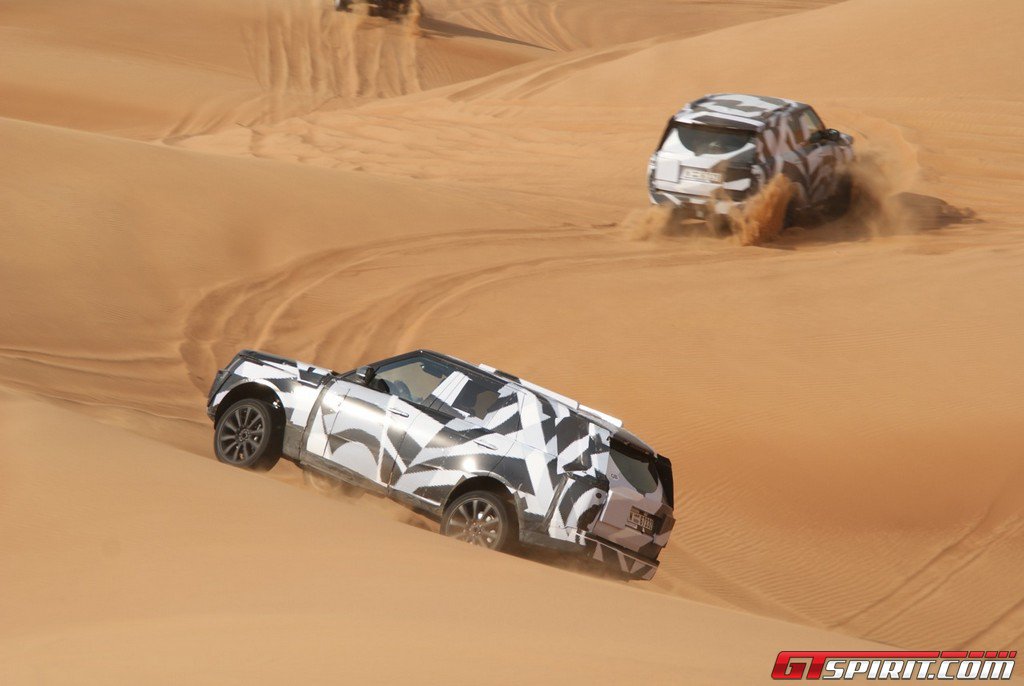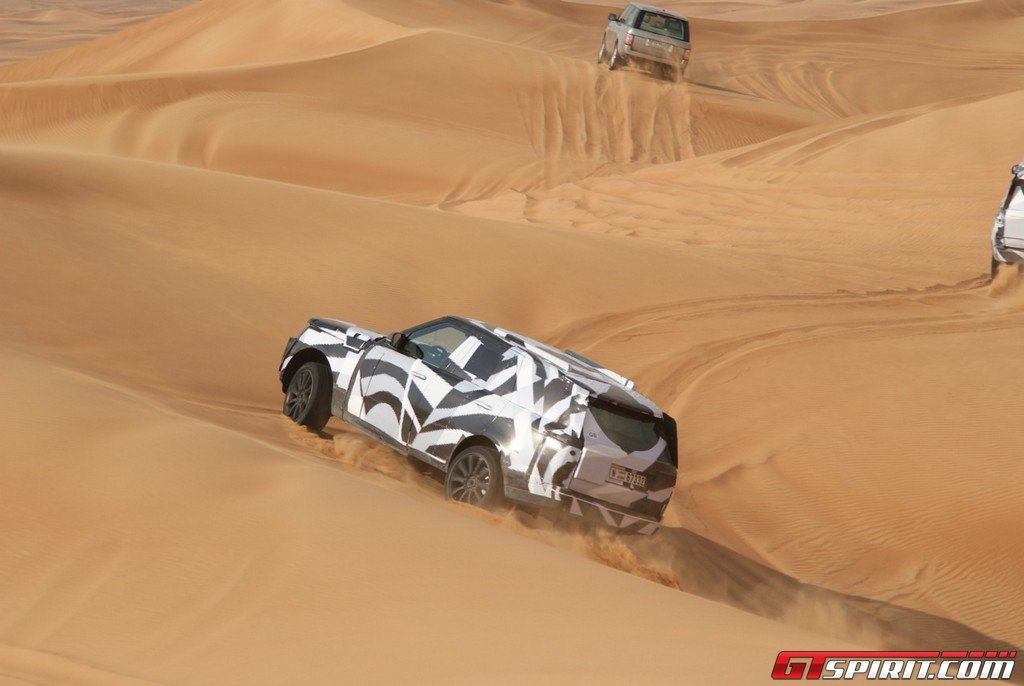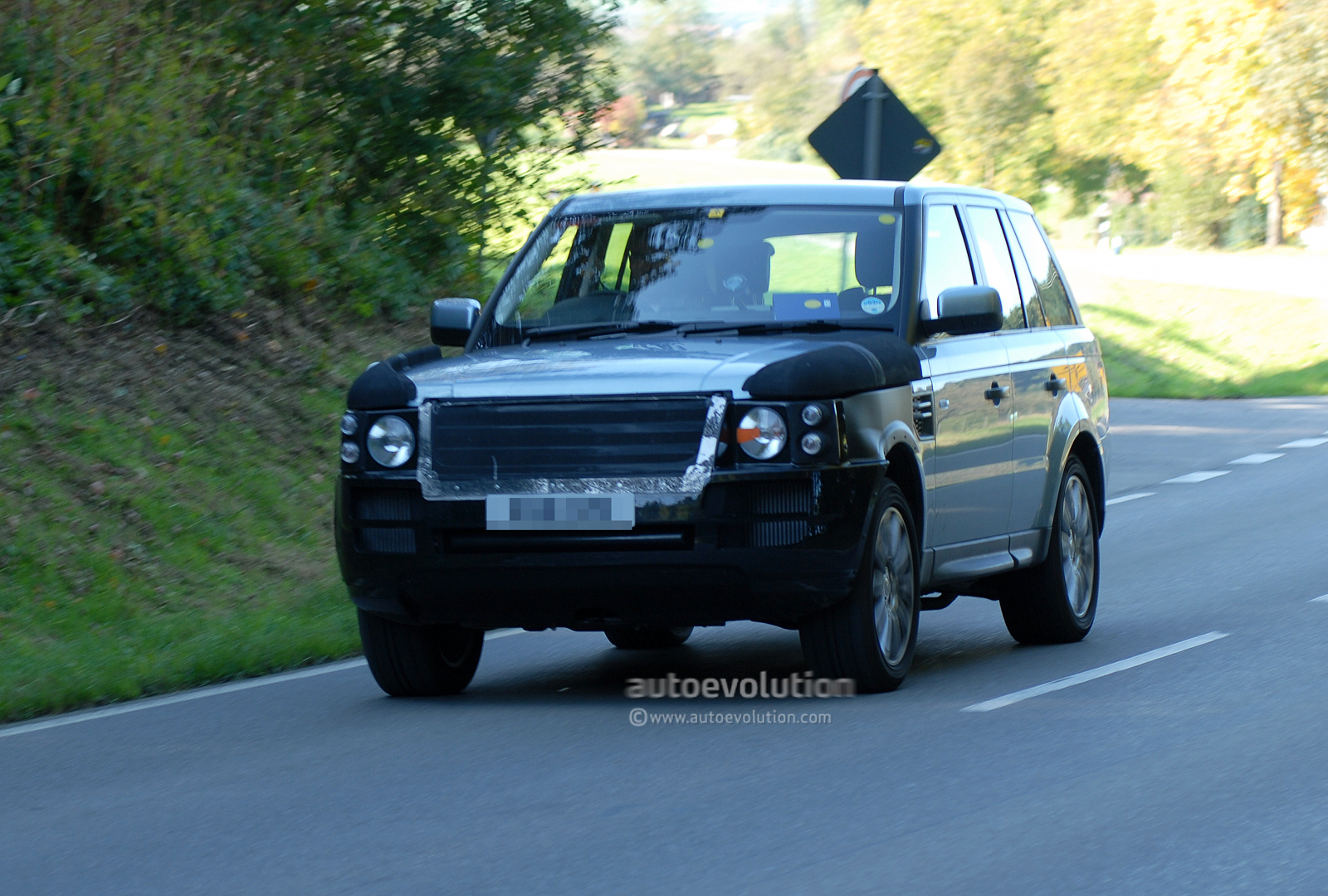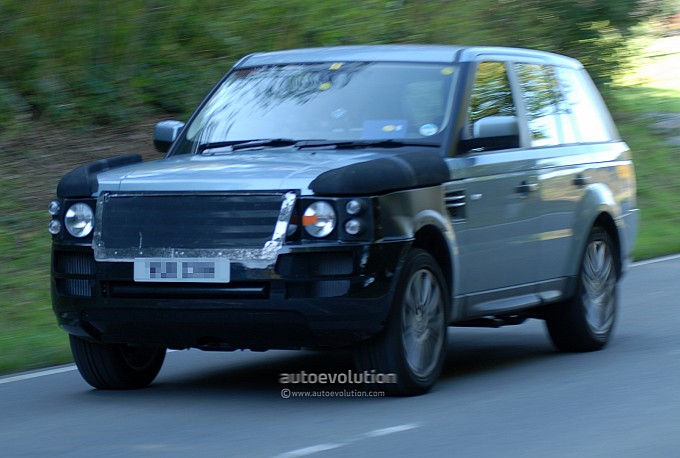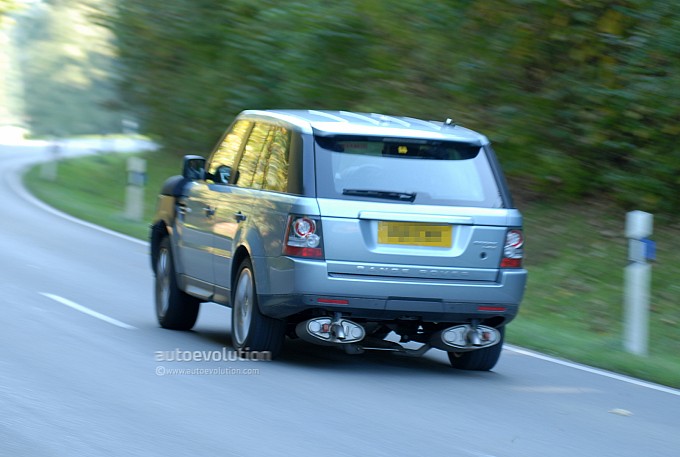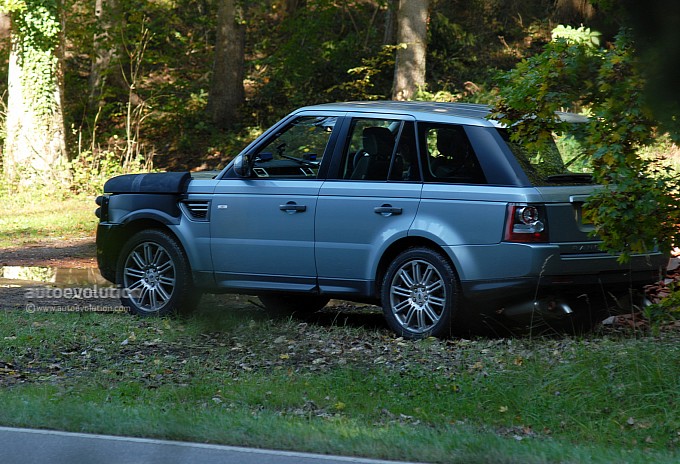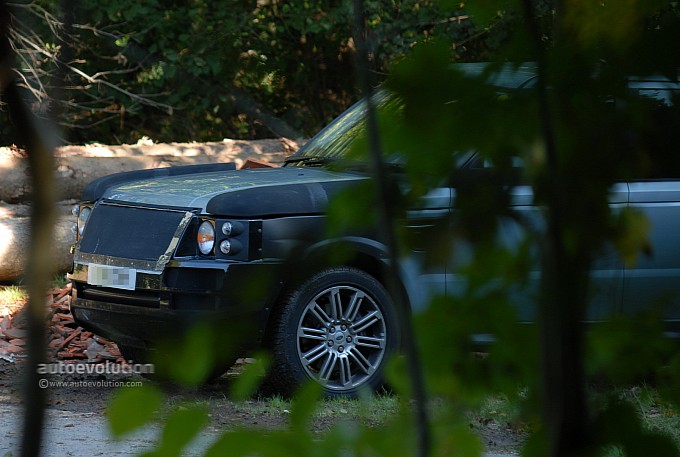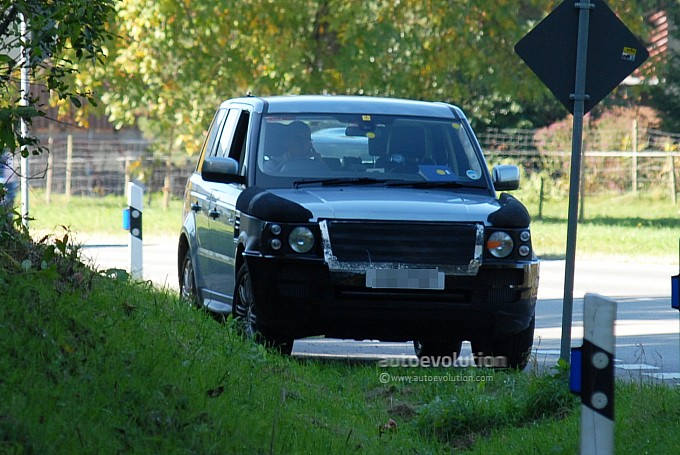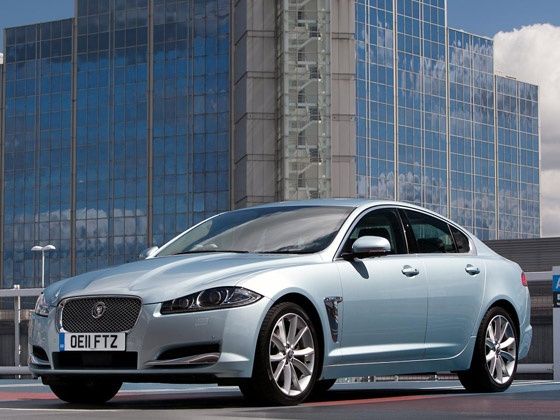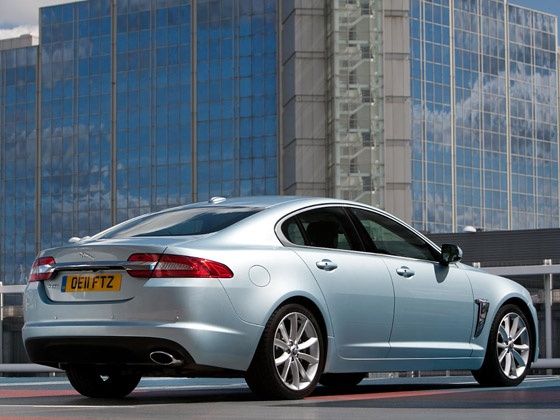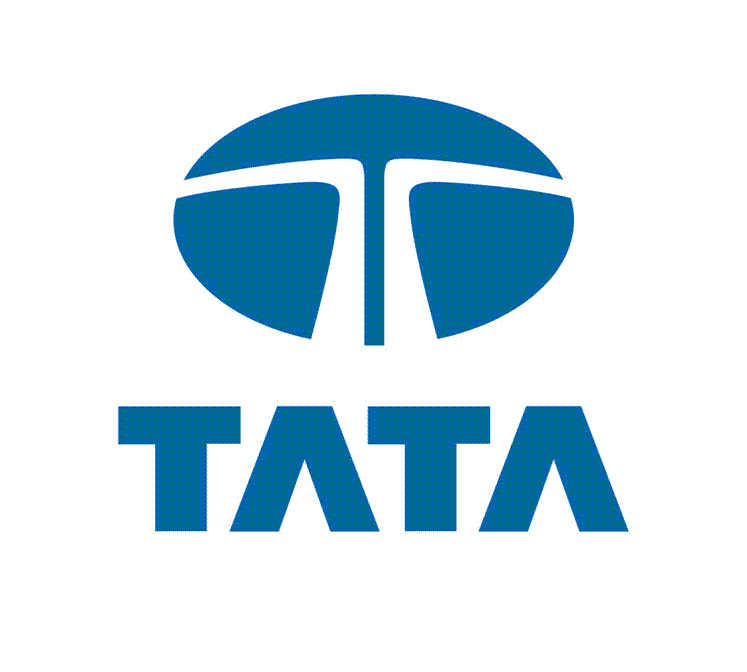 |
| New Jaguar XF 2.2L Diesel |
Jaguar XF 2.2 Diesel Review: Highlights
What’s Hot: XJ looks, punchy diesel torque, sweet fuel-saving technology
What’s Not: Pricey options, not keen on the 'space-saver' spare
X-Factor: The stunning powertrain is going to win lots of friends
Vehicle Style: Luxury Sporting Sedan
Price: $78,900 (plus on-roads)
Engine: 2.2-litre four-cylinder turbodiesel
Power: 140kW@3500rpm
Torque: 450Nm@1200rpm
Transmission: 8-speed automatic
Fuel Economy (claimed): 5.4 l/100km
Fuel Economy (tested): 7.1 l/100km
OVERVIEW
The MY12 Jaguar range arrives with a raft of subtle design and
performance changes, and two big additions to the brand: the bombastic XKR-S performance coupe, and the frugal XF 2.2-litre diesel sedan.
Oddly enough, it's that 2.2 diesel that has most eyebrows raised. With
stop-start technology, and mated to an eight-speed automatic gearbox,
it's Jaguar's first small-capacity diesel – in fact the smallest engine
the Brit manufacturer has ever made.
Small it might be, but there's no shortage of torque on tap. It hauls
1700kg of luxury Jag around with total ease. Setting a new entry-level
price, it's this model that will be the big seller.
INTERIOR
Quality: Pardon the pun, but Jag has made a huge leap in quality with the XF range. The ‘base’ XF oiler is no exception.
Trim of double-stitched leather with alcantara seat-inserts (for added
grip) doubles with soft-touch surfaces and smart dials. The
retina-roasting chrome of the previous car’s centre console, which
reflected sunlight uncomfortably into the driver’s eyes, is now in a
soft brushed silver.
Only the wood trim-panels on the test car, which sound and feel synthetic, dulled what is a quality cabin.
Comfort: Standard four-way seat-adjustment on both
front seats makes getting settled a breeze. The alcantara and leather
trim grips the body and cossets the hips and shoulders for lateral
support in both rows.
Our test car’s 'six/six-way' adjustable seats were a $440 option; lumbar adjustment is also in the next spec of seat.
Equipment: The XF now gets the lovely swoopy
headlights of the XJ, with the best daytime running-light design going
around – and shaped in a 'J' (of all things).
In base “Luxury” trim it comes with leather, multi-function steering
wheel with paddles, and a seven-inch colour touch-screen for the
multimedia interface.
This includes a 30GB hard drive, iPod and Bluetooth connectivity, and an excellent speaker system.
But as with any base-level car, the options list is rather long and
pricey. Our “Luxury” test vehicle, sitting below a “Premium Luxury”
spec, featured front parking sensors and a rear camera ($1,390), a
mirror pack ($1,570), 'six/six-way' seats ($440), split rear seat
($1,000), carpet mats ($350), keyless entry ($950), 18" Vela alloys
($2,490), Rosewood veneer ($320), metallic paint ($2,650), sat-nav
($2,495) and a sunroof ($3,920), making it a $102,565 car.
Storage: The Jaguar bests Audi and BMW rivals with a narrow but deep glovebox, cupholders, cubbies and deep door-pockets.
The boot is very large but unfortunately, with the batteries relocated
to the boot, the floor of the Jag hides only a skinny spacesaver spare.
ON THE ROAD
Driveability: Punchy and powerful, the 2.2 diesel hardly feels like a four-cylinder.
In fact, it’s easy to forget it’s a diesel. The power and torque curve
is very precise, with power kicking in as torque wanes, making a very
smooth powerband. Its slick operation is underpinned by not six, but
eight speeds, in the ZF sports auto.
It takes a little getting used to. Using the paddles around Mt
Tambourine on the Queensland/NSW border, the 'usual' two or three taps
to change down suddenly becomes four or five.
But the gearbox is super intelligent, allowing gear stacking with
multiple hits of the down paddle, and even dropping down a gear during
heavy braking to utilise engine compression.
It’s a genuine performance package, this four-pot oiler, with stunning
throttle response, rear-drive accuracy and light-footed ability despite
its 1700kg-plus heft.
Refinement: It is easy to forget you are in a diesel
such is the XF's on-road refinement. Only when the stop-start activates –
when you're first listening for it – do you notice at all that it’s a
diesel.
The stop-start tech is a first for jag and only available on the 2.2
litre model. The battery, located in the boot, regenerates during the
drive to always be on hand (for instant start-up, with a single
revolution of the engine). The combined fuel sip is a miniscule 5.4
l/100km.
Suspension: The suspension is just short of sublime,
with long travel and excellent rebound and bump control (despite the
car’s weight and size).
It’s hard to set off the traction/stability control, even over upsetting dips and cambered corners.
Braking: The brakes too are excellent, without fade, though the pedal feel and travel is a bit remote.
SAFETY
Safety features: Front, side and curtain airbags,
front load limiter/pretensioner seatbelts, rear pretensioner seatbelts,
front active headrests, Brake Assist, Electronic Brakeforce
Distribution, Traction Control, Electronic Stability Control,
WARRANTY AND SERVICING
Warranty: Three year with roadside assist
Service costs: Servicing every 26,000km!
TMR VERDICT | OVERALL
If it seems this review is glowing, it's because the XF diesel absolutely shines.
For $84,990 on road, and with a host of options to tailor the car to suit, it sinks top-of-the-line HSVs and FPVs.
Of course, it's more the big three German competitors that are in the
Jag’s crosshairs; in particular, their sub-$90k diesel sporting sedans.
Jaguar's new XF diesel is their match.
In Europe, the 2.2 makes up almost half of XF sales. If you're shopping
in this part of the luxury segment, we'd recommend a close look at this
very good new car from Jaguar, the XF diesel 2.2.
Source:
The Motor Report








